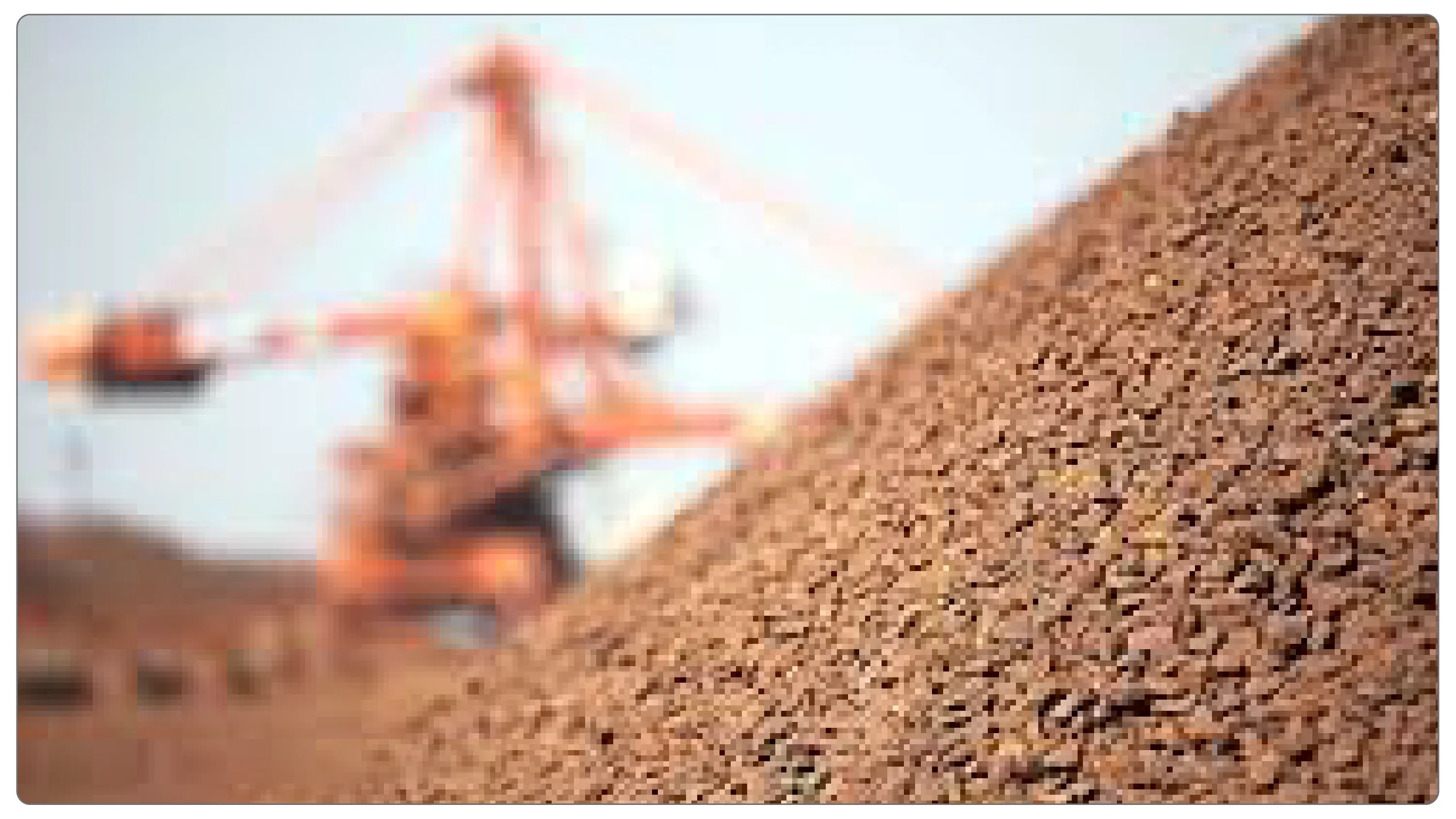Iron Ore Rally Stalls Amid China’s Economic and Property Sector Challenges
The GDP data of China for the second quarter growth was above the expected 5% growth at 5.2%. The National Bureau of Statistics attributed this impetus to industrial production that was better than expected and high trade activity. Although this growth provides a temporary solution to the existing tariff pressures applied by the United States, there is some strain on the economy when examining the economic figures.

Prices of iron ore skyrocketed at the beginning of July as market players anticipated robust second-quarter figures due to expectations of the duration of resilience of the largest consuming country of metals in the world. And on Monday, before the data was released, the price of iron ore futures had soared to $100.99 per ton, the largest weekly increase since January.
The Singapore futures market was trading around the USD 99.30 level, and even in Dalian, where contracts are denominated in yuan, there was an increase in gains. Further on Tuesday, when the iron ore futures had time to digest all the GDP and property sector numbers, the prices dropped sharply. Singapore futures fell 0.7% to 98.92 US dollars per ton, and Dalian prices also fell as concerns over a slowdown in construction activity in a slowing economy took its toll on market fears of poor steel demand.
The declining steel prices are in line with the rest of the property sector downturn, and June steel manufacture fell a year-on-year 9.2 per cent to 83.2 million tons, the largest monthly drop in a whole decade. Though the economies of China and the US registered progress in Q2 marginally over Q1, the GDP rate of China (as compared to Q1) dropped from 5.4% to 5.0%. Furthermore, the initial six months achieved growth of 5.3% every year, indicating that the country was only on track to achieve its 5% target by the end of the year.
Macroeconomic factors, policy anticipation, and geopolitical angst majorly drive iron ore and steel sentiments in the short term. Beijing has been willing to keep GDP growth on track. Still, its half-hearted manner of stimulus and restrictions on regulation in the overcapacity sectors might be problematic for the commodity markets. Moreover, the convexity in the economy of materials can continue to increase as less competitive players quit and big producers with good efficiency dominate.